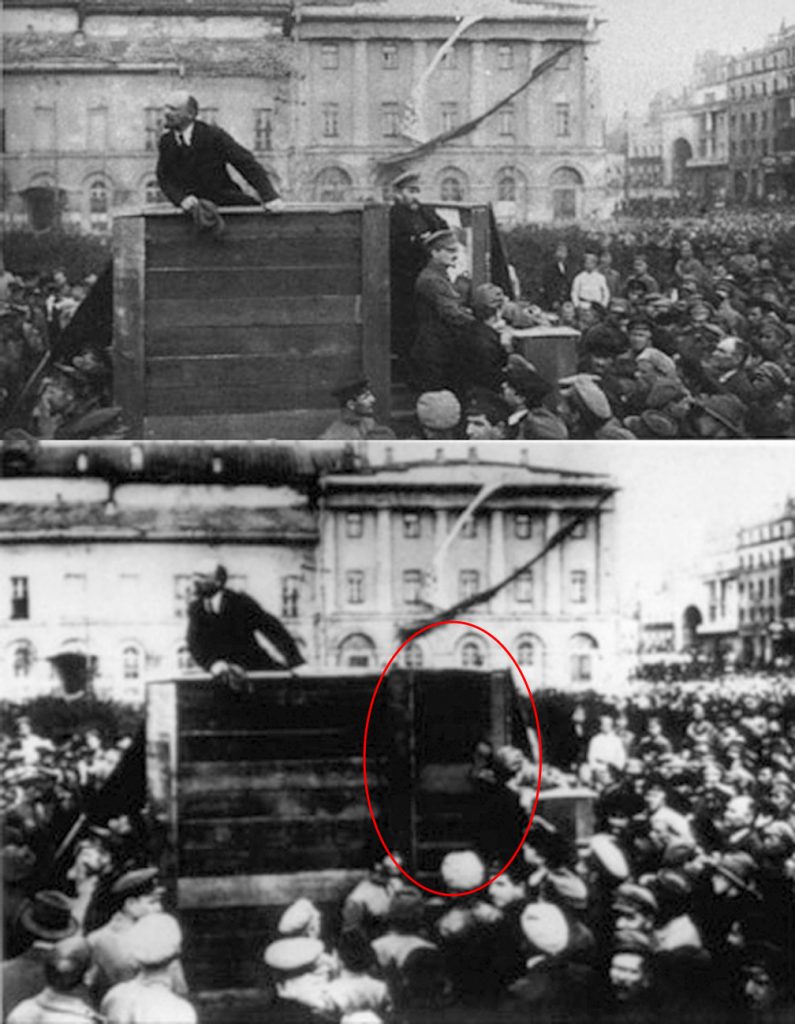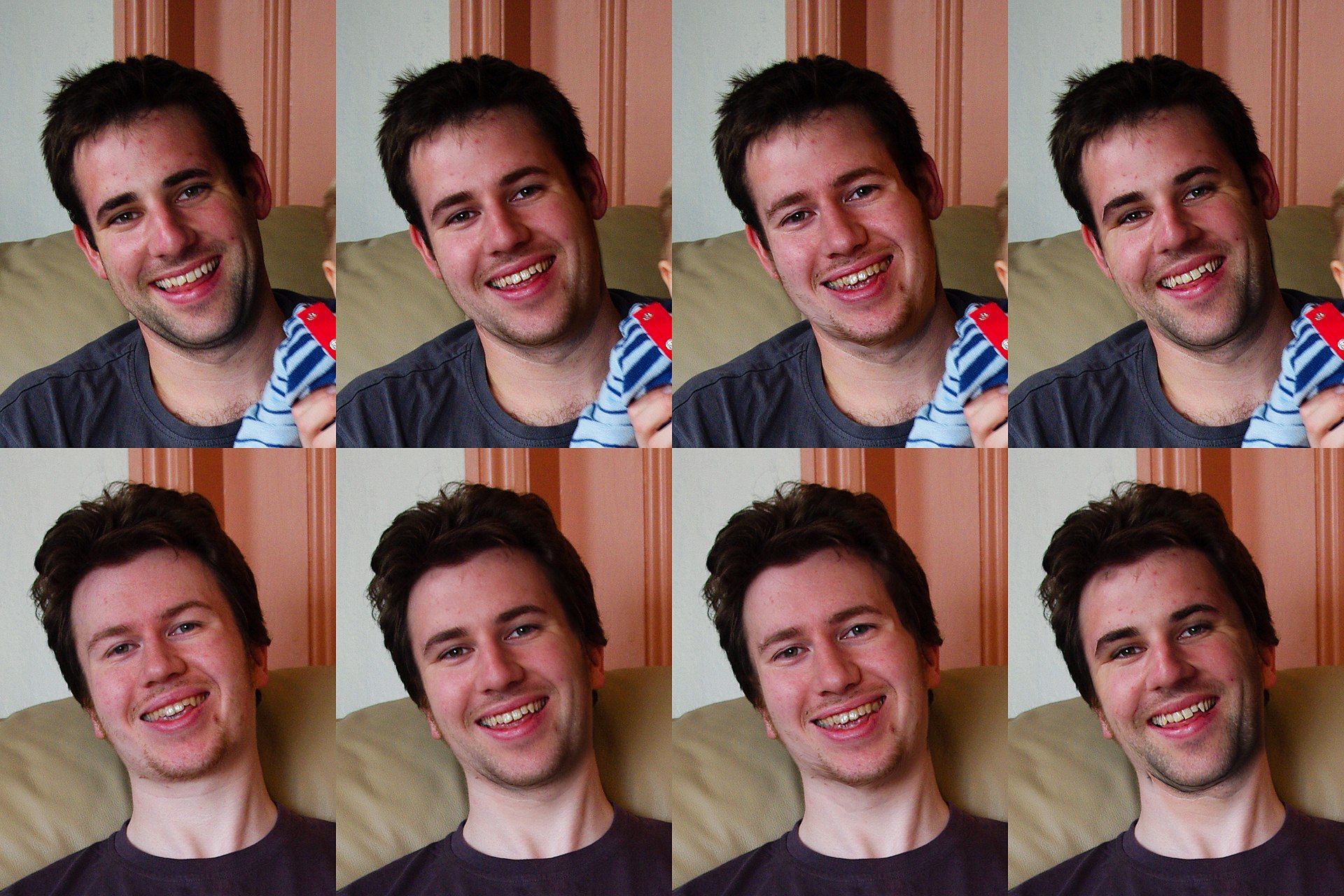With the increase in accessibility to Artificial Intelligence and Big Data tools, sophisticated audio, video and picture manipulation becomes a widespread phenomenon. Should you be worried, and how can you counter it?

Picture, video, and audio manipulation are not a new phenomenon and have been around even before Photoshop and such came along. One of many examples of such early manipulations can be found around the 1920s, when Stalin rose to power. Back then, the politicians Leon Trotsky and Lev Kamenev, associates of Lenin and rivals of Stalin, were removed from a picture where they were shown attending a speech of Lenin.
In addition, applications like Overdub by Descript let you create realistic profiles of voices, which can be used to “overdub” a video with new spoken audio. Combining new video and audio editing methods allows for creating fake speeches, like the one that the Massachusetts Institute of Technology created of Nixon, where he’s giving a speech he would have given, in the event of a failure of the Apollo 11 mission.
Fake news on steroids and how to counter them
It is already hard to discern fake from real news, requiring you to vet news articles, tweets and any news source you consume. With the ability to create realistic fake audio and video material, deepfakes add a new layer that requires even more thorough vetting by the reader, but also more direct action by the media platforms.
Various social media platforms like YouTube, Twitter and Facebook have announced their intentions to fight back against deepfakes with changes to their terms of services and by employing AI-driven countermeasures of their own. To that end, Facebook, in partnership with Microsoft and other companies, held the Deepfake Detection Challenge (DFDC) last year. The winning data models are being used to create AI-driven countermeasures, which should be deployed soon.
These countermeasures don’t mean that you can simply relax and consume your news. This is a constant arms race between fake news and those that try to counter it. As mentioned earlier, vetting your media sources and fact checking news is critical. Thankfully there are some resources and methods to help with this.
Harvard, for example, has four easy steps that help you with spotting fake news:
- Vet the publisher credibility.
Would the publishing site meet academic citation standards?
What is the domain name?
What’s the publication’s point of view?
Who is the author?- Pay attention to quality and timeline.
Are there spelling errors?
Is the story current or recycled?
- Check the sources and citations.
How did you find the article?
Who is (or is not) quoted, and what do they say?
Is the information available on other sites?
Can you perform reverse searches for sources and images?
- Ask the Pros.
Have you visited a fact-checking website?
Additionally, I’ve collected a few resources which will help you with step four.
- Snopes is an excellent fact-checking site that fact checks all the latest news and rumors that crop up on the internet.
- MediaWise is a great project with tips to enhance your media literacy (the ability to access, critically evaluate and create/manipulate media).
- The Skeptics’ Guid to the Universe – A generally good book about critical thinking, which also takes a deep dive into logical fallacies (patterns of reasoning that are rendered invalid by a flaw in their logical structure) and how to spot/avoid them.
Robotic journalism
The shape of things to come
